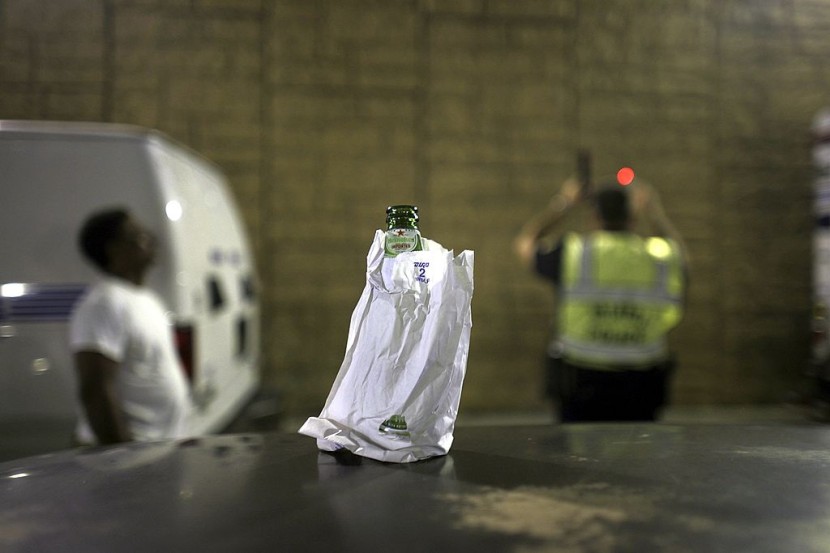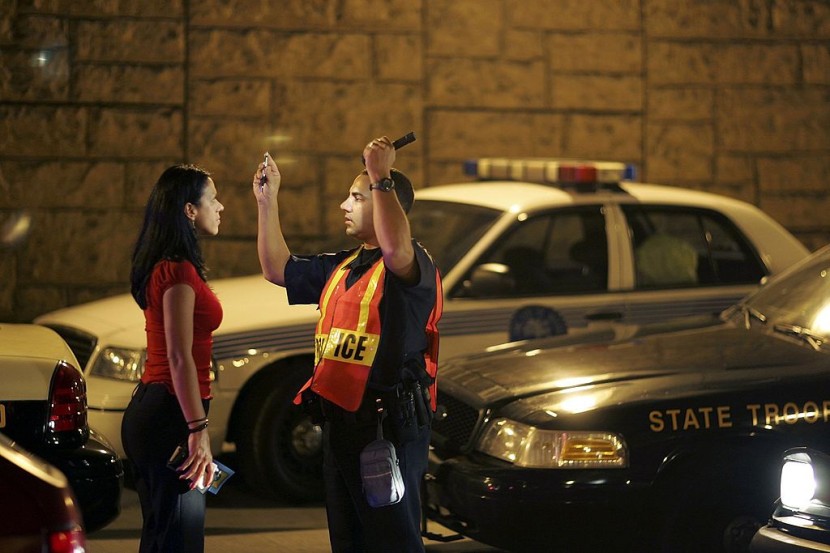A new anti-drunk driving tech will soon be required in the United States. This was announced by the National Highway Traffic Safety Administration on Tuesday, Dec. 12.
Auto-safety regulators in the U.S. confirmed that they are already in the process of adopting new technology that could prevent intoxicated drivers from starting their vehicles.

Once this happens, deaths, injuries, and property destruction caused by drunk driving could be avoided. However, NHTSA said that the technology that will be chosen should be 100% efficient.
New Anti-Drunk Driving Tech Will Soon Be Required in US
According to The Guardian's latest report, NHTSA was directed by the U.S. Congress to mandate a passive tech that can avert over 10,000 road deaths yearly.
The law, which was directed in 2021, states that tech safety standards for vehicles should be implemented as early as November 2024 (if a tech is already ready by that time).
As of writing, numerous anti-drunk driving and other road safety technologies are already under development. These include breath and touch-based sensors that are designed to detect alcohol, potentially preventing impaired drivers from starting their vehicles.
There are also camera-based systems, which can detect eye movements to determine if American drivers are intoxicated.
But, before any of these anti-drunk driving innovations are approved, NHTSA is required to check their effectiveness. Once they are ready, automakers will be given three years to integrate the chosen technology into their vehicles.
"We are trying to see can we get it done, does the technology exist in a way that is going to work every time," explained Ann Carlson, the acting NHTSA administrator, via Channel News Asia.
Anti-Drunk Driving Tech Should Be 100% Effective

The arrival of the anti-drunk driving tech is critical for the United States, especially since Carlson said that daily driving journeys in the U.S. are close to 1 billion.
However, before this auto-safety innovation is implemented, it should be 100% effective. The acting NHTSA administrator explained that even if the technology is 99.9% accurate, it would still lead to some issues.
For example, an anti-drunk driving system with 99.9% efficiency could have a million false positives. Carlson explained that these false positives could be drivers who have serious emergencies, such as bringing a family member to hospital.
As of press time, NHTSA officials are preparing to gather information and determine how an anti-drunk driving technology should be approved.








